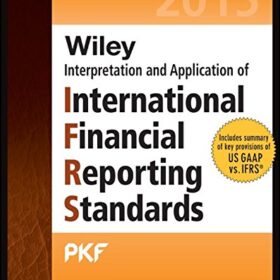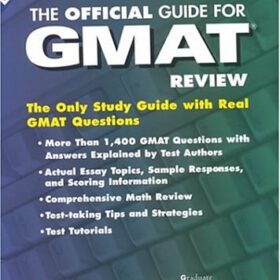Drawing on a wide range of data sources, this book constructs and analyses different indicators of child well-being across the OECD. These indicators cover six key areas: material well‑being; housing and environment; education; health and safety; risk behaviours; and quality of school life. They show that no one OECD country performs well in all areas and that every OECD country can do more to improve childrens lives.
How much countries are spending on children and when is also closely considered, the first time such a comparative exercise has been undertaken across the OECD. Additional chapters offer detailed examinations of countries policies for children under age three, the impact of single parenthood on children and the effect of inequalities across generations. The publication concludes with broad policy recommendations for improving child well-being.
Table of Content :
Executive Summary Chapter 1. Summary of Key Findings -Introduction -Structure and summary of the report -How to invest to enhance child well-being -What to do across a child’s life cycle -Things to do less of and things to keep an eye on Chapter 2. Comparative Child Well-being across the OECD -Introduction -An overview of child well-being across OECD member countries -What is child well-being? -A closer look at child well-being -Selecting child well-being dimensions and indicators -The OECD child well-being indicator rationalised and compared -Summary -References -Annex 2.A1. Relationships between the OECD Child Well-Being Indicators Chapter 3. Social Spending across the Child’s Life Cycle -Introduction -Why consider social spending on children by age? -The profiling method and data sources -Limitations -Discussion of the child age-spending profiles -Distributional aspects of tax-benefit policy across the child’s life cycle -Method -Countries considered -Eight-country comparison of net income and net transfers by family earned income level -Summary Chapter 4. From Conception to Kindergarten -Introduction -Pre-natal period -Birth -Post-natal period -Summary Chapter 5. Child Well-being and Single Parenthood -Introduction -Family structure across the OECD -Why might single-parent family structure matter for enhancing child well-being? -What is the effect on children of growing up in a single-parent family? -A cross OECD meta-analysis -Searching for causality -Policy implications -Summary Chapter 6. Childhood and Inter-genational Mobility -Introduction -What’s wrong with inter-generational inequality? -How much inter-generational inequality is ther and how has it been changing over time? -Causes of inter-generational inequality -Is the degree of inter-generational inequality too high, too low, or just right? -Summary Chapter 7. Doing Better for Children: The Way Forward -Introdution -The range of policy choices influencing child well-being -OECD child well being measures and child policy -Policy recommendations to improve child well-being









Reviews
There are no reviews yet.